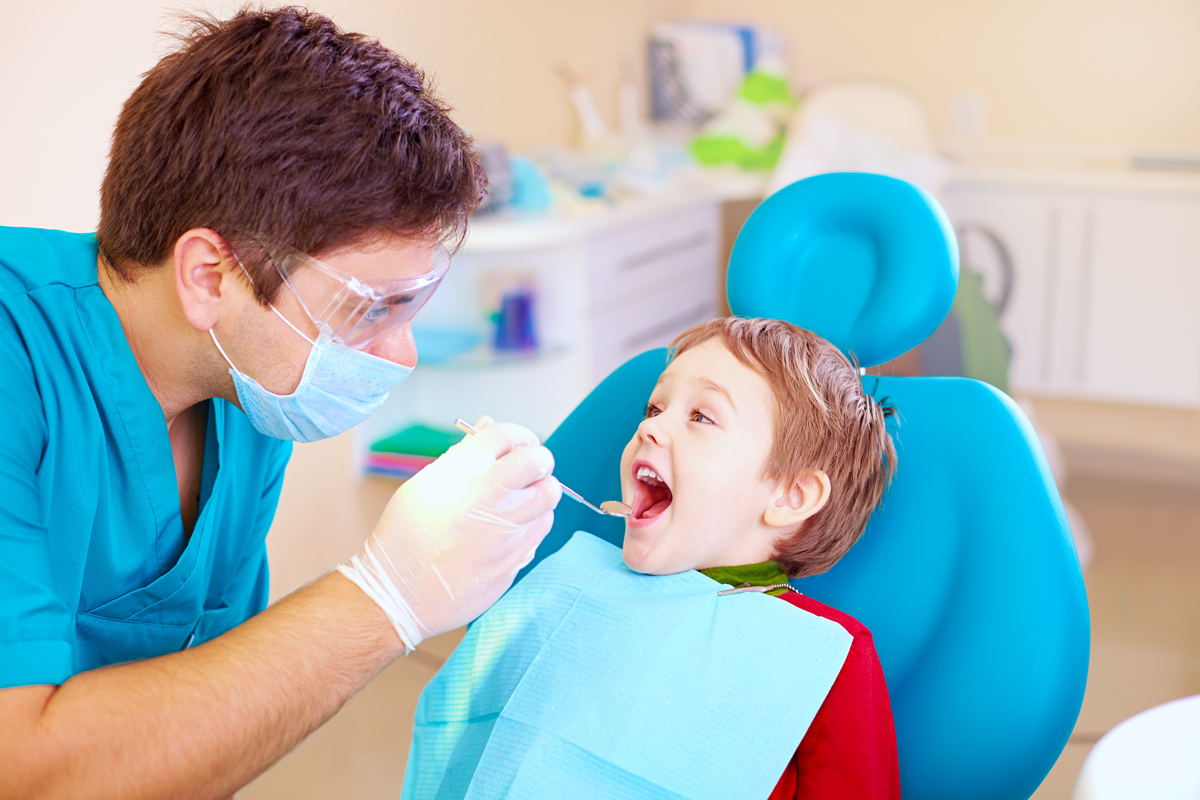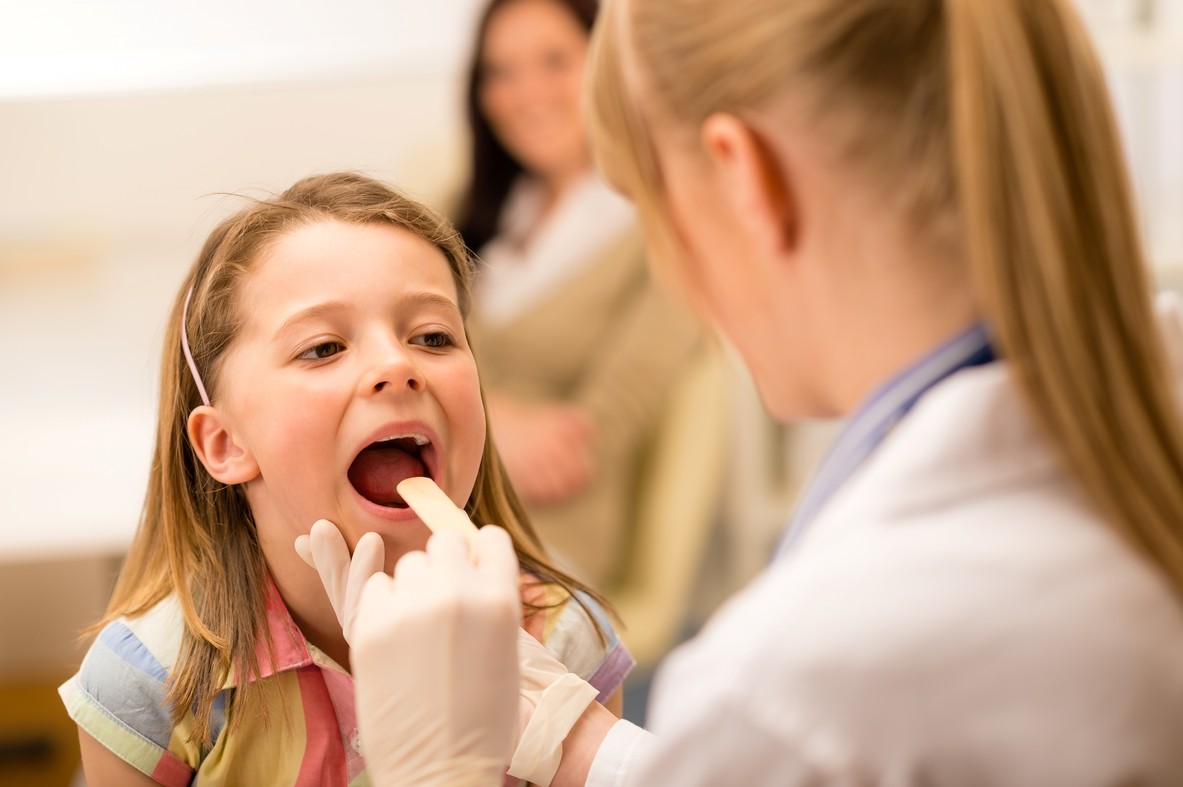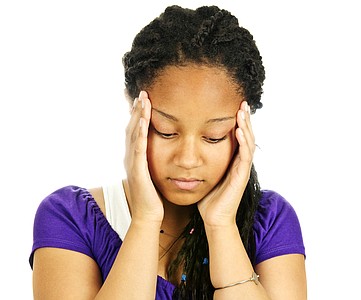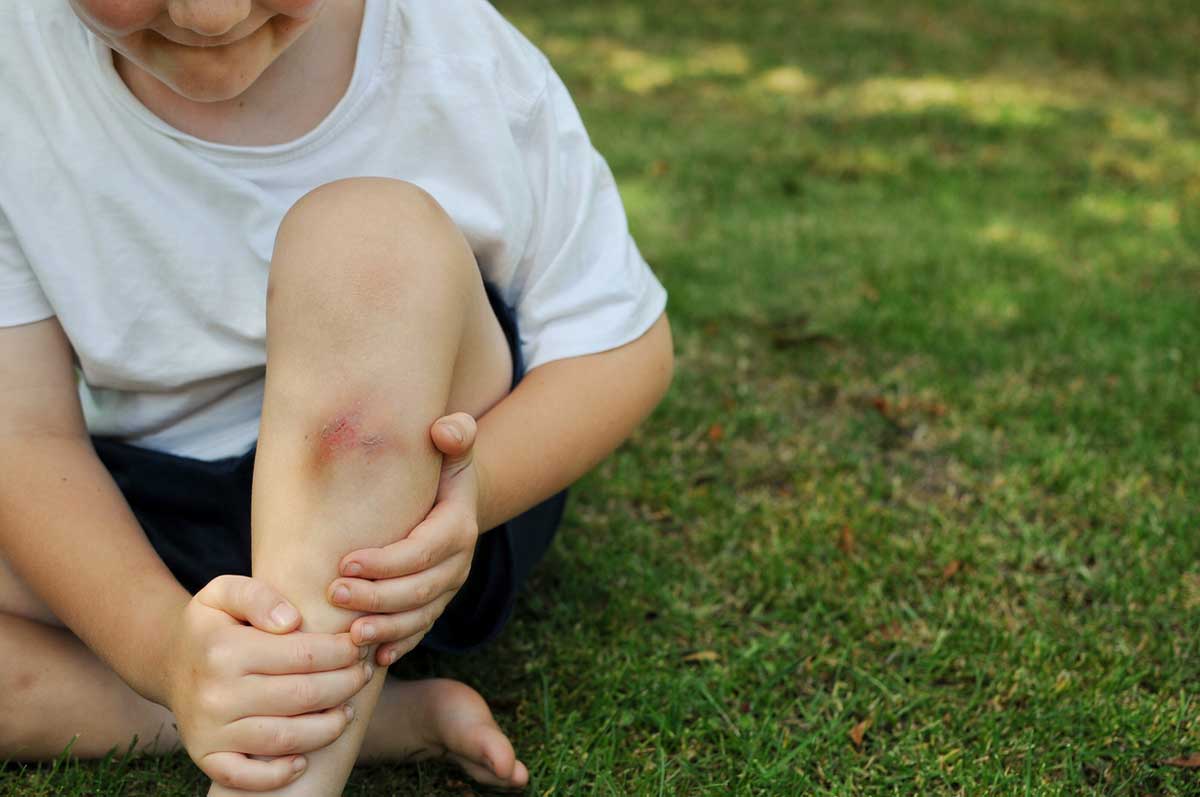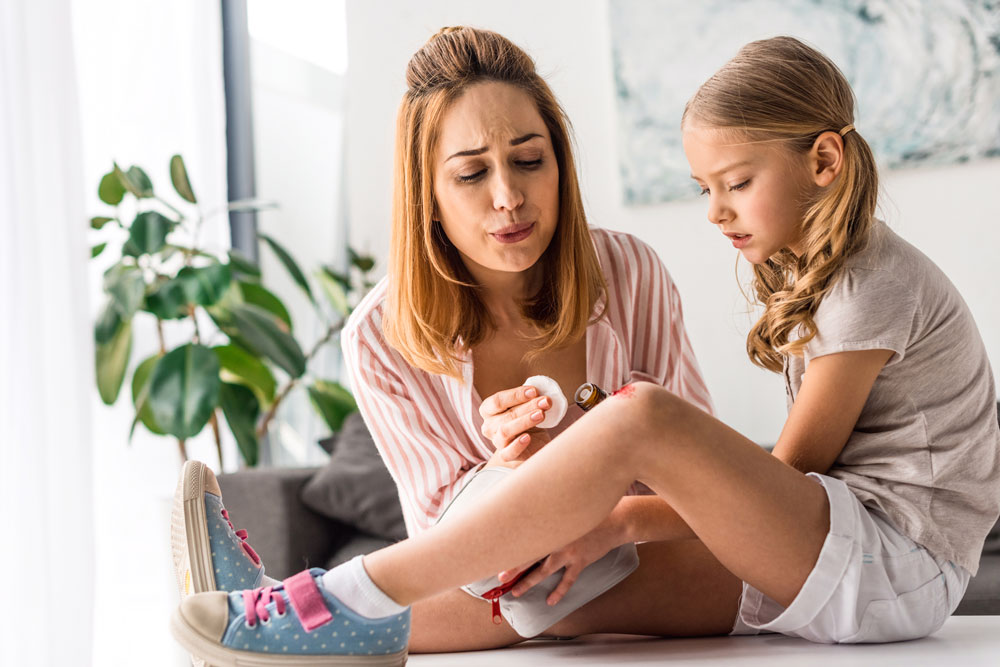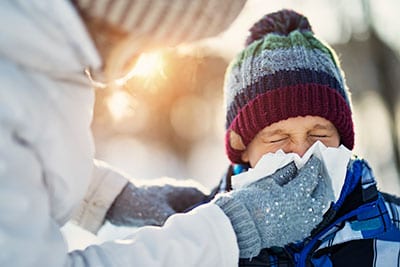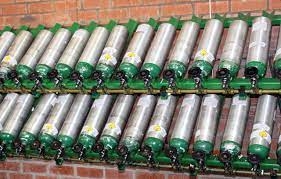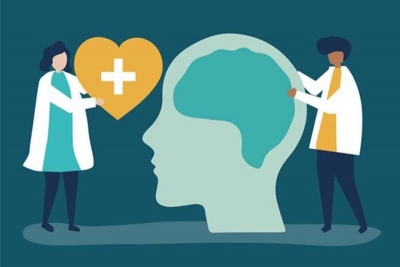
The Government of India recently launched a mobile app called MANAS to promote mental health. What is special about the app?
What does it stand for?
The name MANAS stands for Mental Health and Normalcy Augmentation System. The app, which is meant to act as a guide, has been developed to promote the mental well-being of people across different age groups in the country. In other words, its objective is to build a happier, healthier community.
A comprehensive, secure, national digital well-being platform, the pilot version of the app was launched by the Principal Scientific Advisor to the Government of India, K. Vijay Raghavan. Endorsed as a national programme, the app was initiated by the Office of the PSA, and jointly executed by NIMHANS (National Institute of Mental Health and Neuro Sciences) Bengaluru, AFMC (Armed Forces Medical College), Pune, and C-DAC (Centre for Development of Advanced Computing), Bengaluru.
The MANAS app integrates the health and wellness efforts of various ministers, national bodies, and research centres. It is based on life skills and psychological processes, and delivers age-appropriate methods to promote positive outlook. It has gamified interfaces to enhance user engagement, supports teleconsultation, and will also be tracking the health of users.
The current version of the app focuses on promoting positive mental health in people aged between 15 and 35, although the ultimate aim is to cover all age groups. The app is not available for public use as yet. According to some reports, field trials will be carried out in the next few months to validate the app.
What is mental health?
If you’ve been wondering what mental health is, the WHO defines it as “a state of well-being in which the individual realizes his or her own abilities, can cope with the normal stresses of life, can work productively and fruitfully, and is able to make a contribution to his or her community”. Our mental health influences how we think, feel, and act, how we handle stress, and how we relate to others. It is important at every stage of our life.
Impact of the pandemic
The COVID-19 pandemic has wreaked havoc in people’s lives. There have been reports of people experiencing increased levels of stress, anxiety, fear, frustration, and depression, owing to loss of income, increased isolation, uncertainty, etc. With the country reeling under a second wave of coronavirus, people are once again forced not to step out of their homes except for essentials, to wear masks, and maintain social distancing. With the closure of schools and colleges, students have largely been confined to their homes. While online classes try to ensure continuity of education, not all can afford it due to a variety of reasons. The prolonged stay at home can mean different impacts and challenges for different sections of people. In these trying, uncertain times, it is hoped that the introduction of the MANAS app will go a long way in helping people and promoting mental well-being.
Cause for concern
- According to a report published in The Lancet Psychiatry last year, there were 197.3 million people (14.3% of the population) with mental disorders in India in 2017.
- Depression and anxiety disorder were found to be top mental illnesses.
- Also 28% of global suicides take place in India.
Picture Credit : Google
